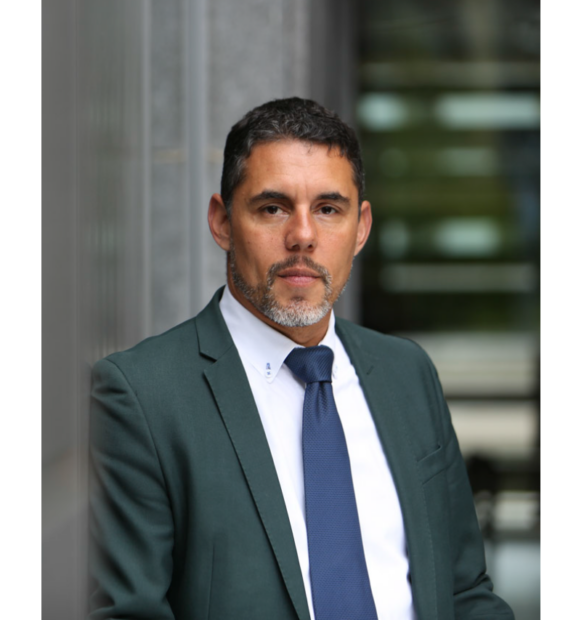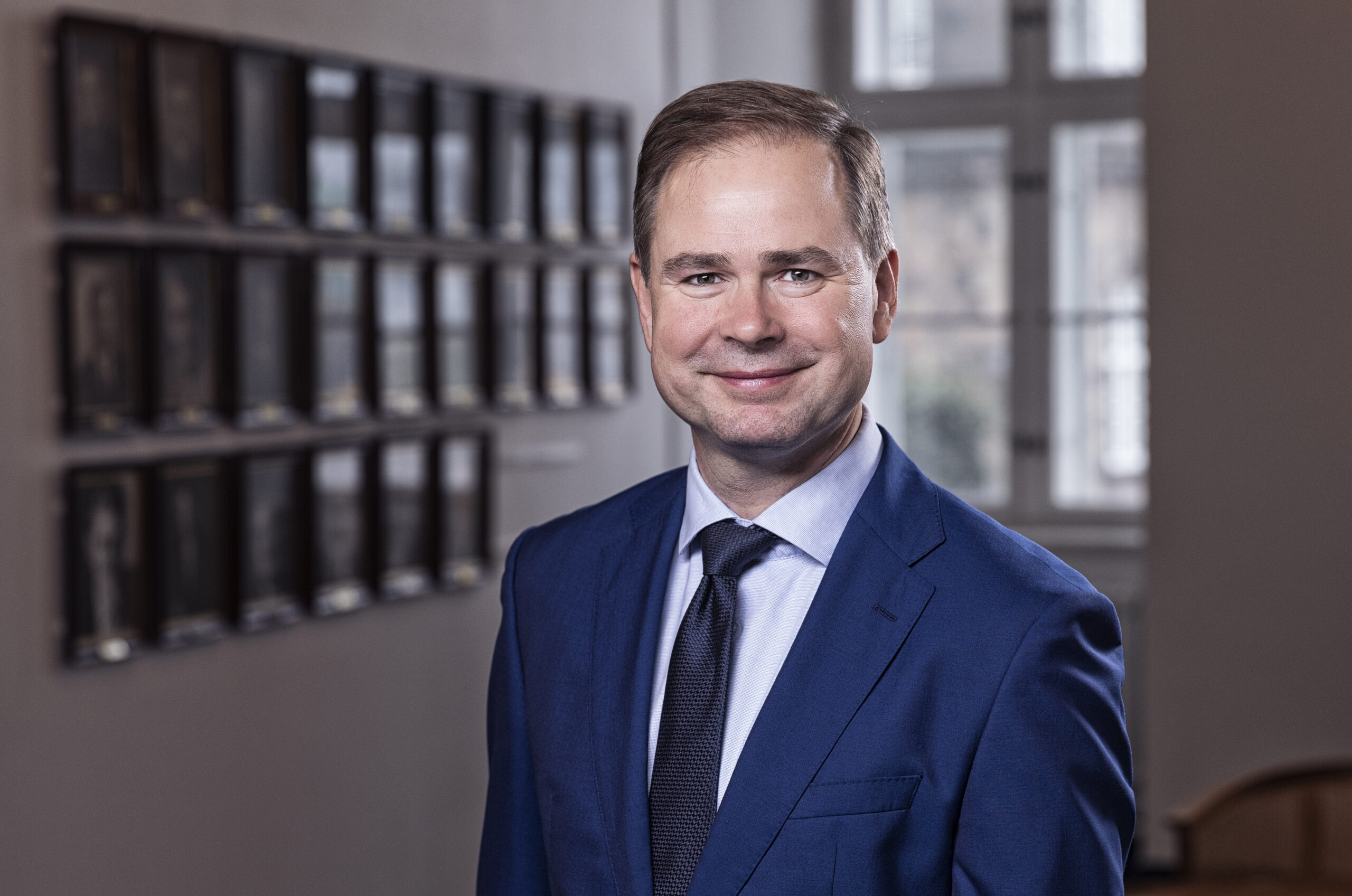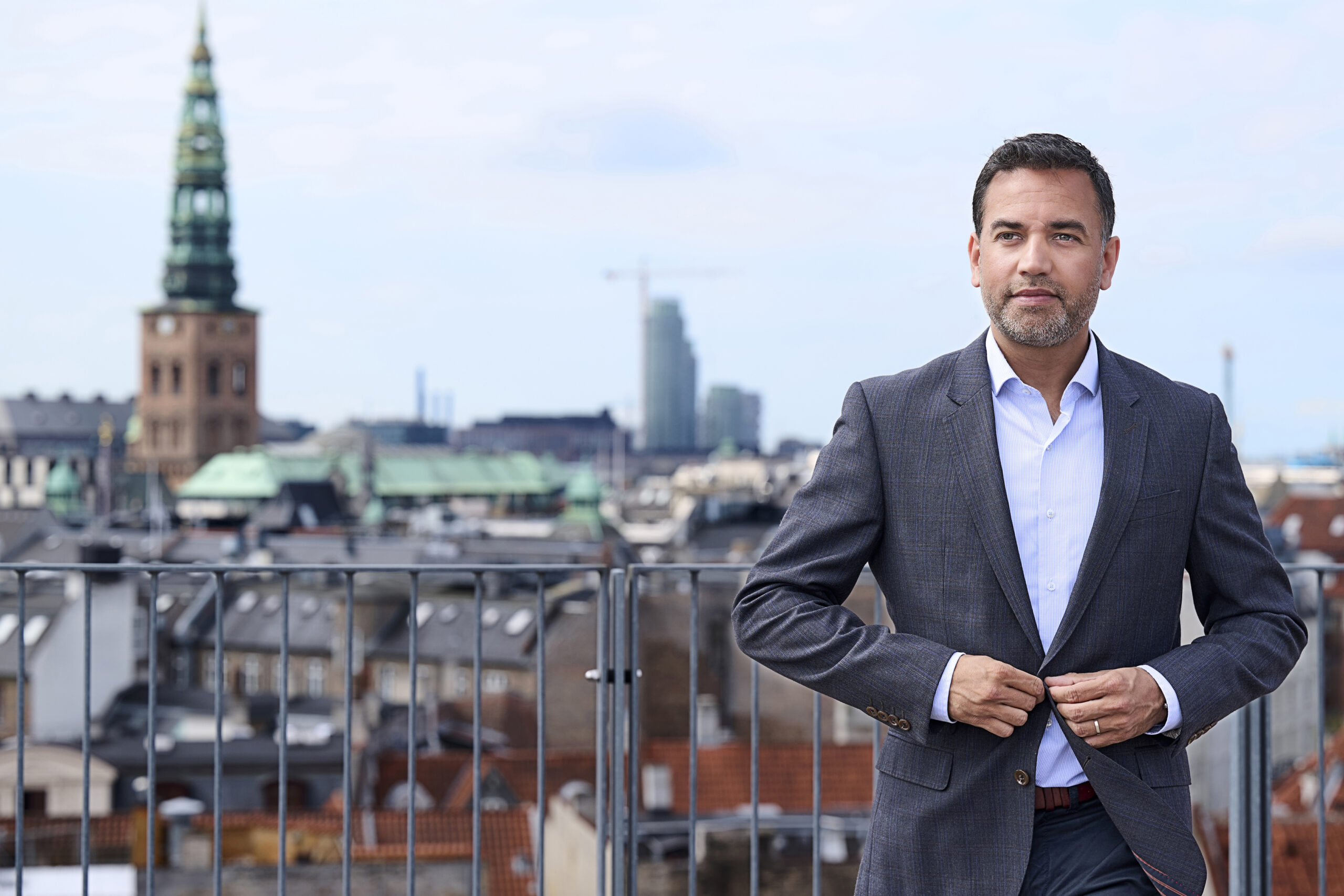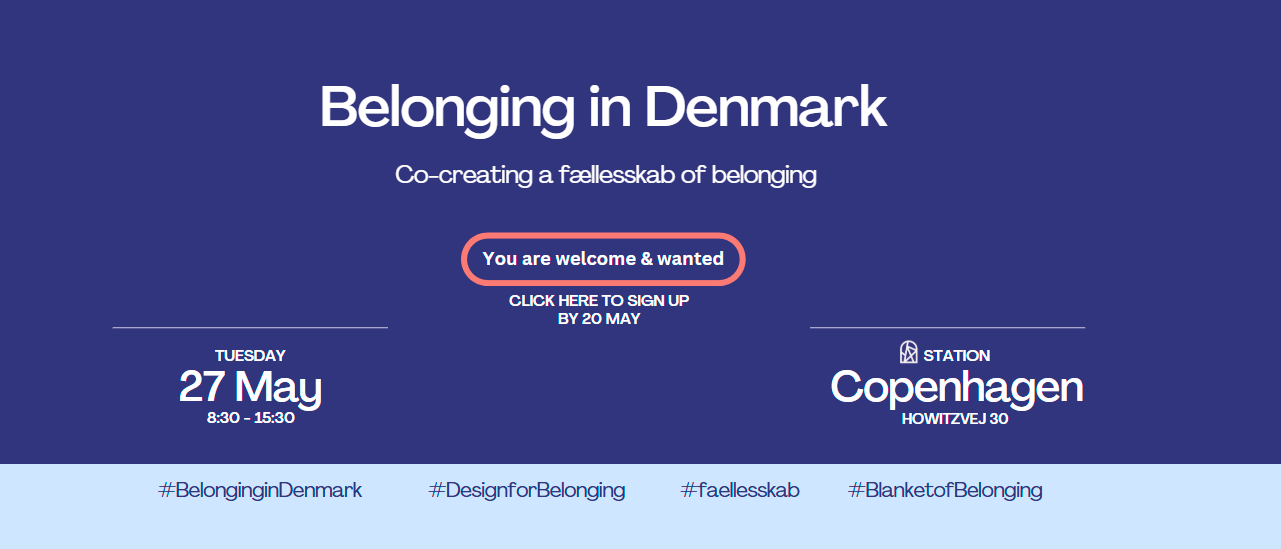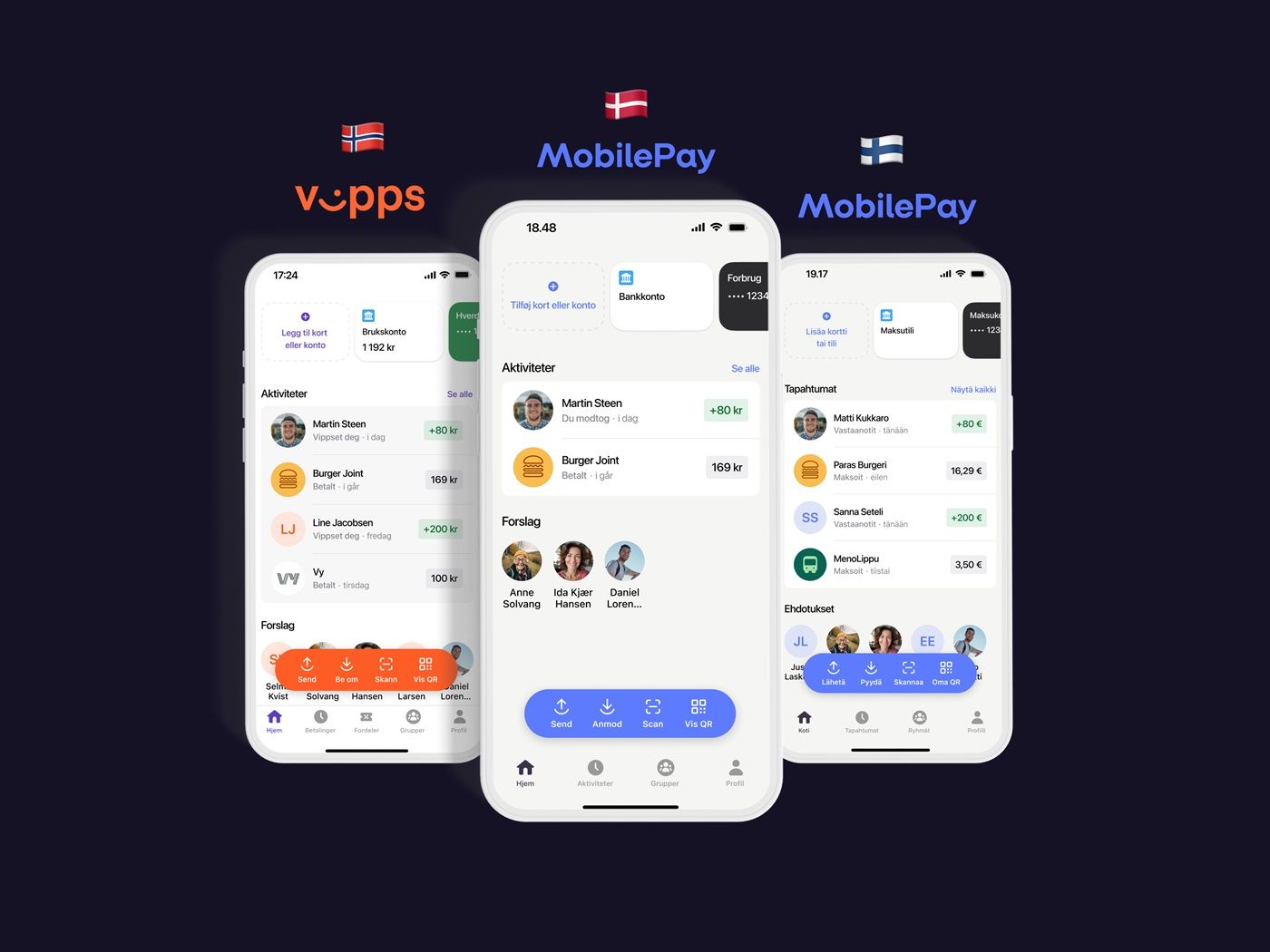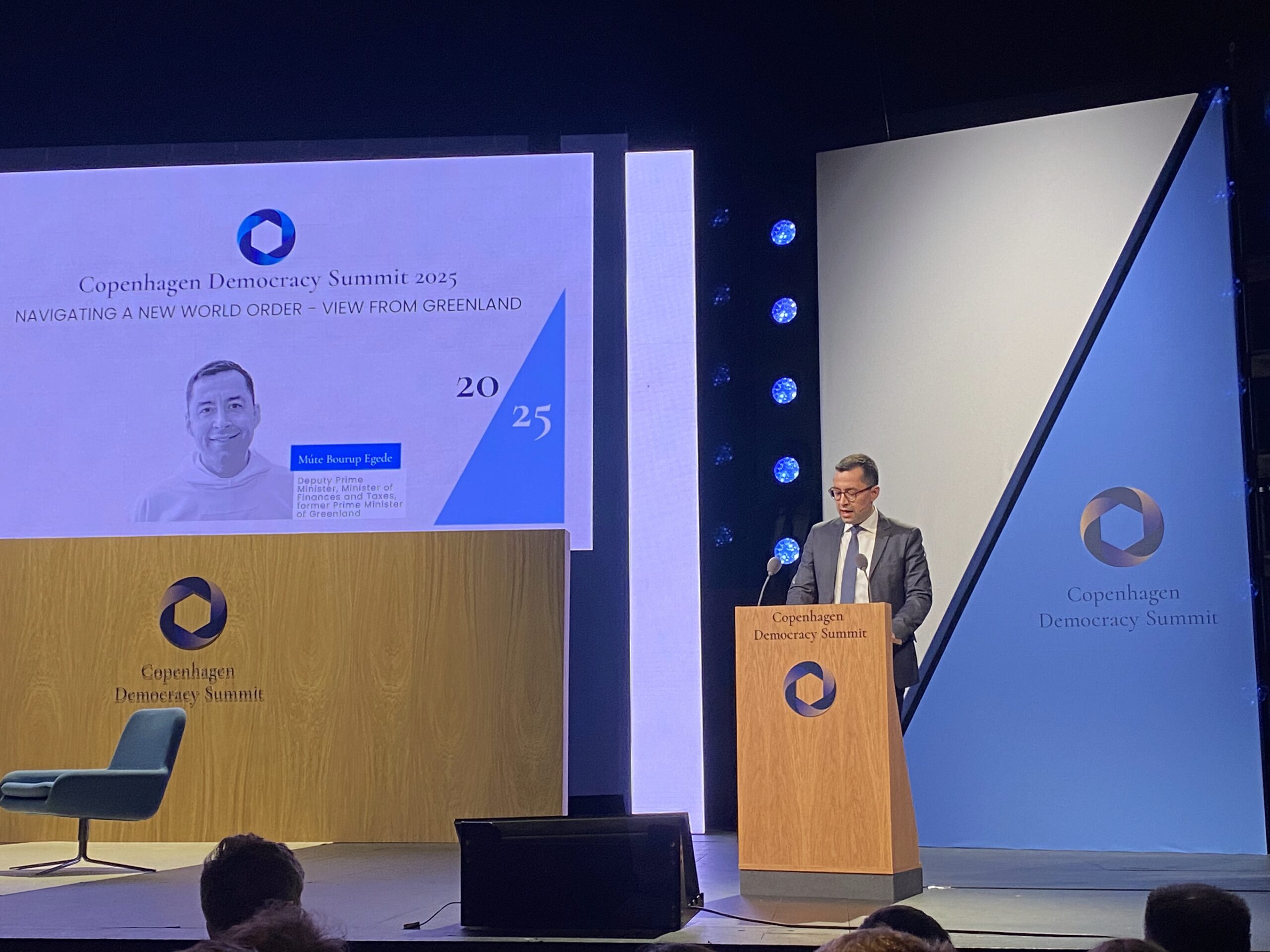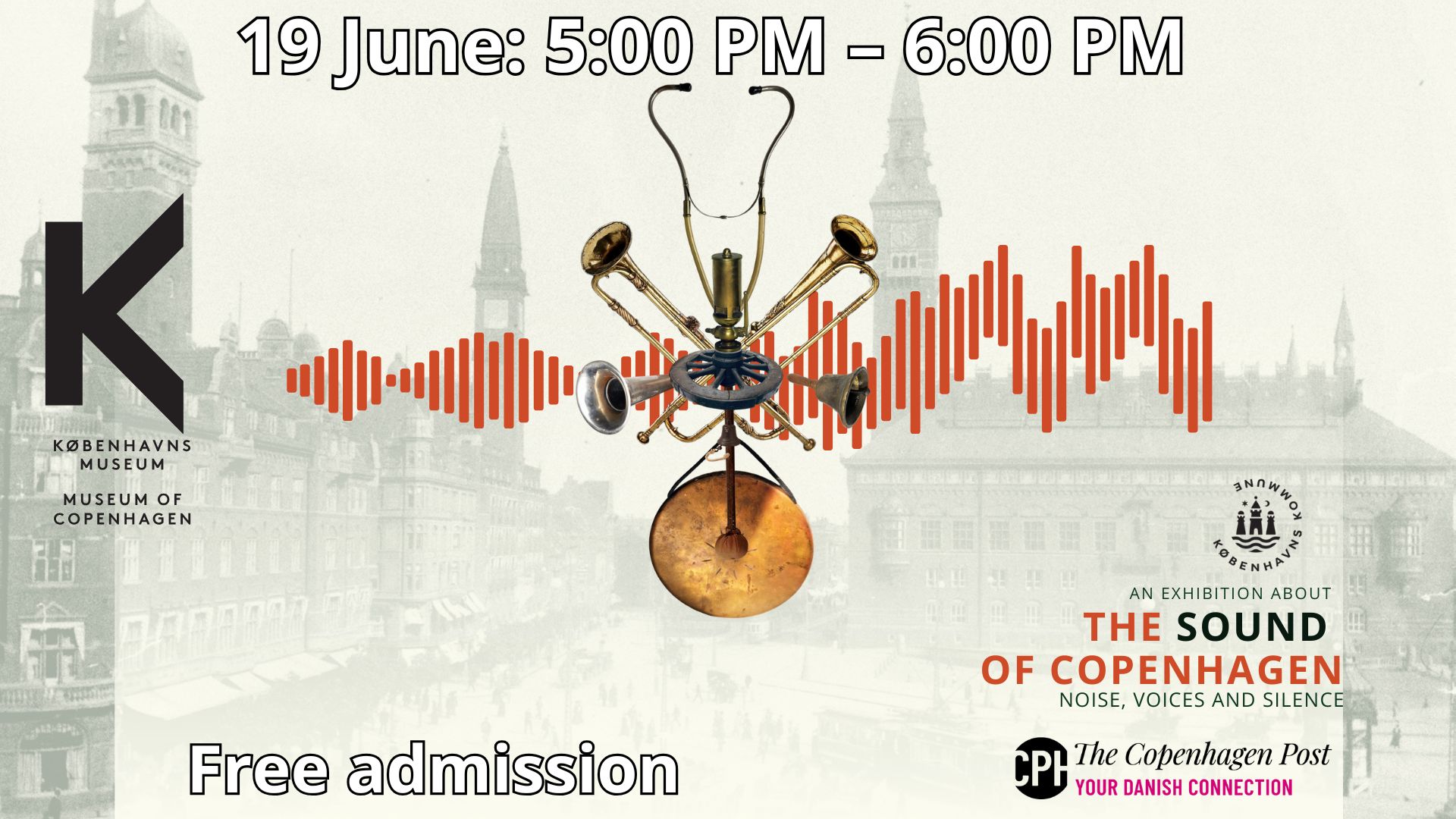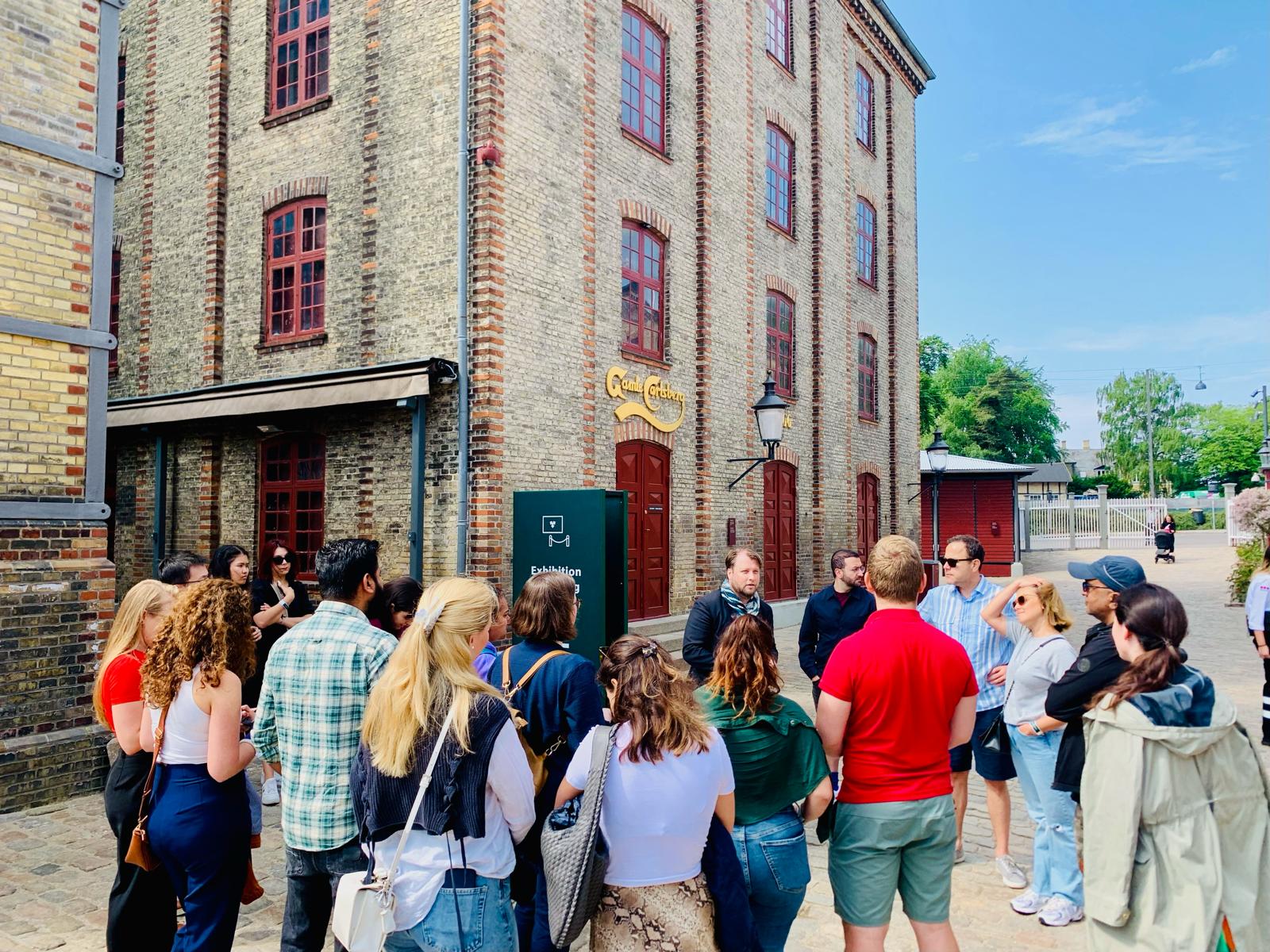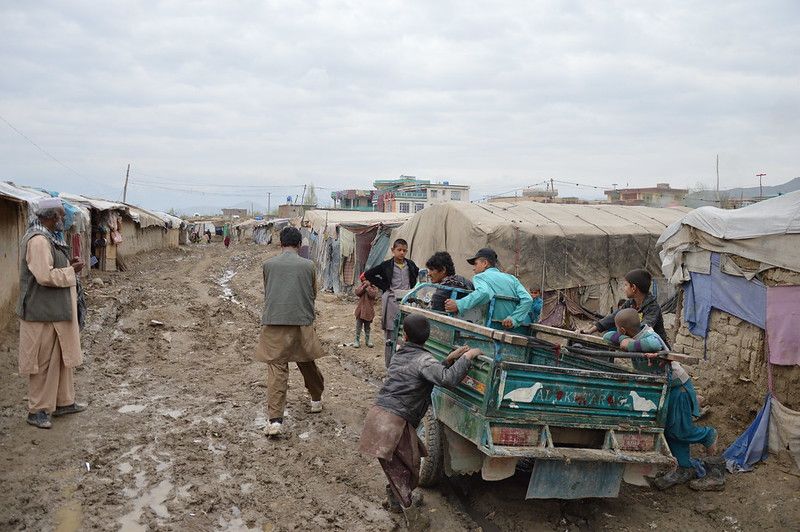Will US-Danish relations deteriorate further and permanently, negatively impact, trade, security, and the whole notion of the West as we know it?
The short answer is, “Hopefully not!”. But hope is not a strategy, and there can be no doubt that Danish diplomats and Danish industry decision-makers are working 24/7 both concerted and using their individual channels of influence to address the challenge posed by the aggressive signaling from the new US administration as regards both Greenland and the risk of a trade war.
A worst-case scenario, military occupation of Greenland and a trade war (an actual military conflict lasting is out of the question due to the disparity between the parties) between the US and the EU would be a devasting blow to Danish life science, although you might rightfully argue that the loss of our considerable life science export to the US would be the least of our problems, as the entire post-World War II security architecture and NATO would be more or less in ruins.
In 2020, the Danish life science sector exported $7.45 billion in goods to the United States, which represents the largest share of total Danish exports to the U.S, according to the Danish Trade Council. The U.S. Healthcare & Life Science market is by far the world’s largest and ranked the highest by the Trade Council in terms of export potential for Danish life science companies.
In other words, no single country is more important for Danish life science than the US and consequently, we are of course vulnerable. The (only) positive thing is, that Denmark is not alone. The US cannot impose sanctions on Denmark alone without triggering a reaction from the EU, and the (EU) is one of the largest and most important trading partners with the United States.
It´s a lot harder for the US to bully the EU than to bully Denmark. Fortunately, the worst-case scenario is not a very likely outcome of the current disagreement and US saber-rattling, as it would be detrimental to the interests of the US. The US is probably -fingers crossed – looking more for concessions that will make America look great than a divorce and breakdown of both trade and the existing security order.
Concessions in Greenland short of outright annexation can and will be given by the Danish government and Greenland´s Self-Government if the US pushes hard enough. This will probably be enough of a deal for the author of “The Art of the Deal” to satisfy the home audience. When it comes to trade and tariffs, the negotiations will fortunately be between the US and the EU, not the US and Denmark.
On the life science industry side, there is also room for compromise. A company such as Novo Nordisk has for more than 30 years invested almost $6 billion dollars in the US and North Carolina is home to Novo Nordisk’s first and largest manufacturing presence in the U.S.
Novo Nordisk employs more than 2,500 in the US. They are about to invest another $4.1 billion and add 1,000 more jobs to build their most innovative production facility ever in the state. Other companies such as Xellia Pharmaceuticals, ALK-Abelló, and Novonesis also have manufacturing sites in the US. Trump is obviously interested in even more (life science) manufacturing jobs in the US, and this is probably a bargaining chip that can influence the outcome and duration of the current trade negotiations.
Promises of such jobs and additional investments are likely to at least reduce the tensions in US-Danish trade relations. As of early 2025, approximately 1.2 million Americans are being treated with Novo Nordisk’s weight-loss drug, Wegovy. If you are familiar with the US, you know that the need and potential demand is much, much bigger. It’s not that they don´t want or need the product.
They just want it and other pharmaceutical and medtech products to be manufactured in the US, to support job creation and to help make America great again.
